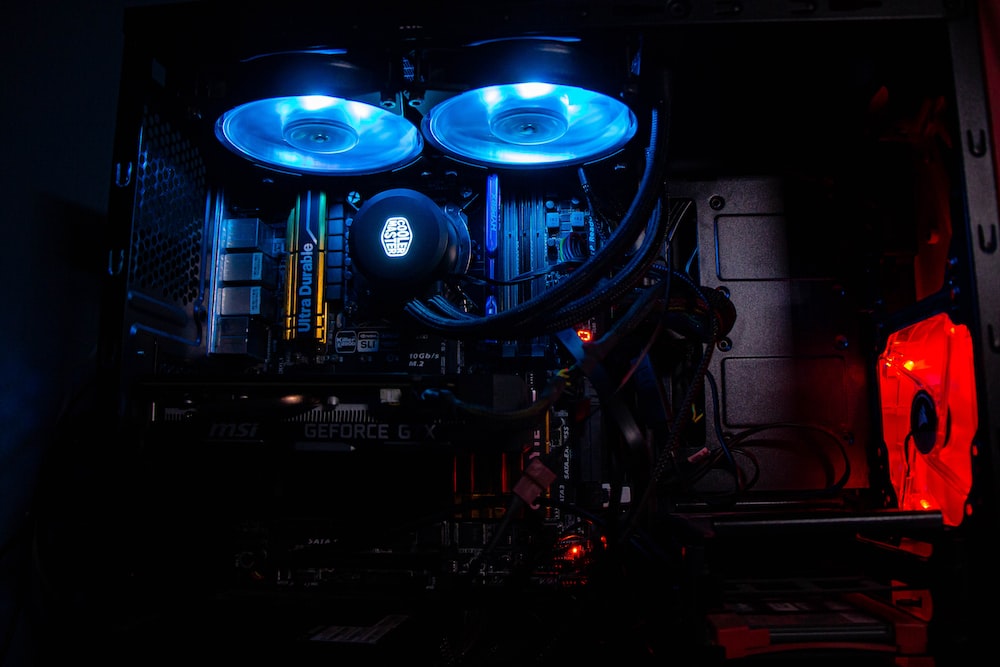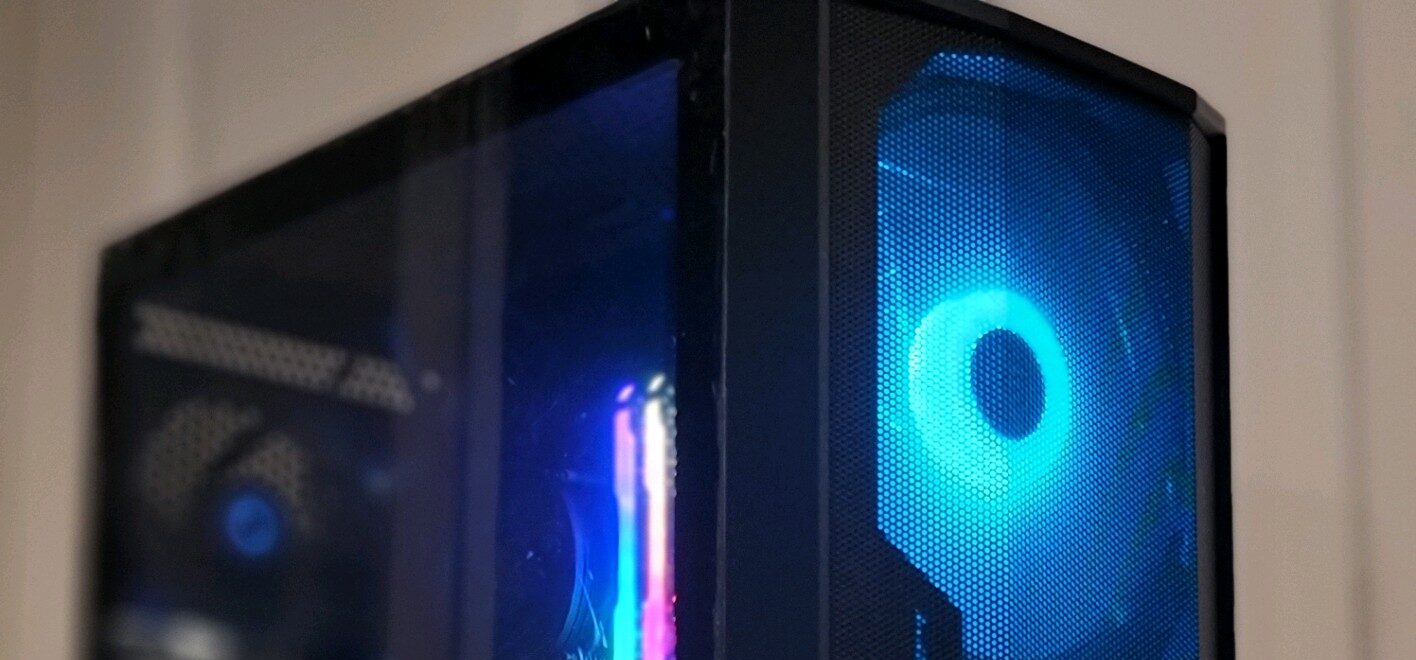Another product of NW-Link origin with a giant scale AI Interface brings us the NVIDIA Grace super hopper. Released at the end of last month, it provides the typical patterns of advancement one would typically notice on an annual basis from the tech giants rapidly advancing empire.
The combinations of Grace and Hopper technology give NVIDIA a more expanded pallet of data processing accessibility. This has already been previously recognized with various NVIDIA sponsored supercomputer devices such as Fujitsu, and the DGX H100 Systems. Which also acquire the traditional NW-LINK technology as previously mentioned.
Price Numbers, Memory and Performance Wise
The NVIDIA superchip is truly at the zenith of the processing game in various aspects financially, and economically. This CPU is one of the very first few examples of LPDDR5X memory. The chips memory speed overall is roughly 7x faster than the latest PCI-E 5x version. It is also 1.3x (roughly 30% approximately) faster than the regular LPDDR5X memory. Overall, with the inferences of just some of these stats, the chip is 2x as powerful. This is in comparison to a regular Ryzen CPU at minimum performance.
This raises the question as to how AMD EPYC, and Threadripper compare into the question. The Threadripper Pro 3995x goes for $7,300.00. With 8 to 16 PCI-E 4.0 slots, which is roughly 128 Lanes in total, and a variety of other qualifications. Although realistically, not many people are gonna be buying this. I couldn’t find an initial price but I would assume around $20,000 – $40,000. Keep in mind there is also the economic price drop of CPU’s. Other computer parts also have price changes as well so we can’t be so certain.
Lanes, And Threads
AMD EPYC is an interesting comparison as it has a lot of flexibility, and range within it’s selection of products. The brand has technology that expands from 7nm to 14nm, and one of the first to include a Zen 4 architecture going up to 96 cores and 192 threads. Comparing the Zen 4 architecture with NV-Link C2C is not necessarily comparing Elephants with ants, but with 90x the performance of PCIE 5.0, with a low power density and latency, and provides more flexibility for users to engineer more “semi-custom” designs for separate CPU technology.
Since 2017, the EPYC series goes by several code names, based on several Italian cities, such as Naples, Rome, Milan and others. Next year in 2023, code name Bergamo will be released. It provides us with a Zen 4 xc architecture, with 128 cores.
The exact amount of memory is almost equivalent to a terabyte (960 GB.) Which is a lot for just a memory card, compared to a SSD or HDD drive which would usually be expected at that amount. Compared to a regular bandwidth, this is almost 30x the amount compared to a high memory (32 GB) card for example. In accordance with the Gigabyte Chagall leak from a few months as well, it provides some insight regarding the CPU architecture on a consumer based scale.
Benchmark Architecture
Benchmark tests for the 5000 series Threadrippers, compared with three EPYC CPU’s show us how the high end CPU’s out perform the regular high end models by a landslide almost 10,000 to 12,000 thread rating for the Threadripper Pro 5995WX compared with the EPYC 7763, 7J13, and 7713 series chips. Although with the 7763, clock speed is nearly the same.
The Ryzen Threadripper 5000 Series contains 64 PCI-E 4.0 lanes. Not too far off from the 128 with a Zen 3 architecture. This is also commonly seen in regular Ryzen cards as well. As for if you are getting any Threadripper CPU at a price that can satisfy a consumer at a rate they can save up for, it is debatable. As the prices are almost at supercomputer level, but not really. Which makes the comparison interesting as the general public can still provide there financial shares towards it.





Add Comment